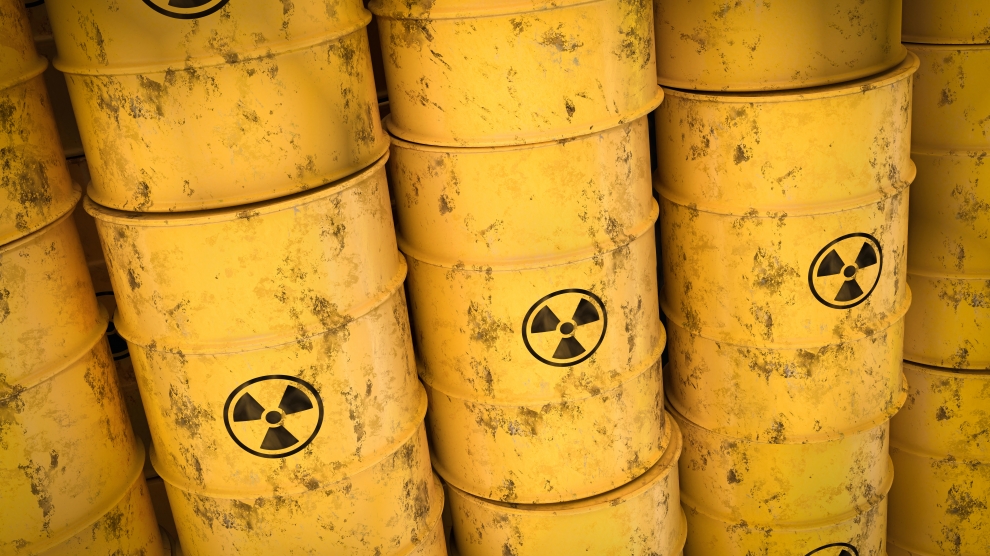The Nuclear Legacy
Thousands of nuclear weapons are not the only legacy of the Atomic Age. Years of above ground testing and nuclear weapons production have produced massive amounts of nuclear waste and contamination.
A National Cancer Institute study reported that many states not adjacent to the Nevada Test Site also received high levels of Iodine 131. It is not known how many cancers may be attributed to aboveground testing, nor the levels or extent of fallout from Soviet testing.

Testing in the Pacific has also left many atolls uninhabitable and their residents islandless. Studies continue on the long-term effects of exposure to the bomb's fallout.
But far more dangerous than the fallout from testing is the dilemma of the massive amounts of nuclear waste. The arms race has produced waste from such sources as the reactors that make the plutonium and tritium, the tailings from uranium mining, and other by-products from the nuclear weapons development process. As more nuclear weapons are removed, the safe storage of their warheads becomes increasingly more urgent.

Safe storage of other nuclear materials is also an area of international concern. There have been several failed attempts to smuggle nuclear material out of Russia. It is not known if any attempts have succeeded, but the U.S. in 1998 gave assistance to Russia to help in safeguarding their nuclear facilities. It is feared that a complete nuclear device might be smuggled out and sold to the highest bidder.
There is also an economic legacy of the nuclear arms race. The Brookings Institute has estimated that the price tag was in excess of $5.5 trillion.